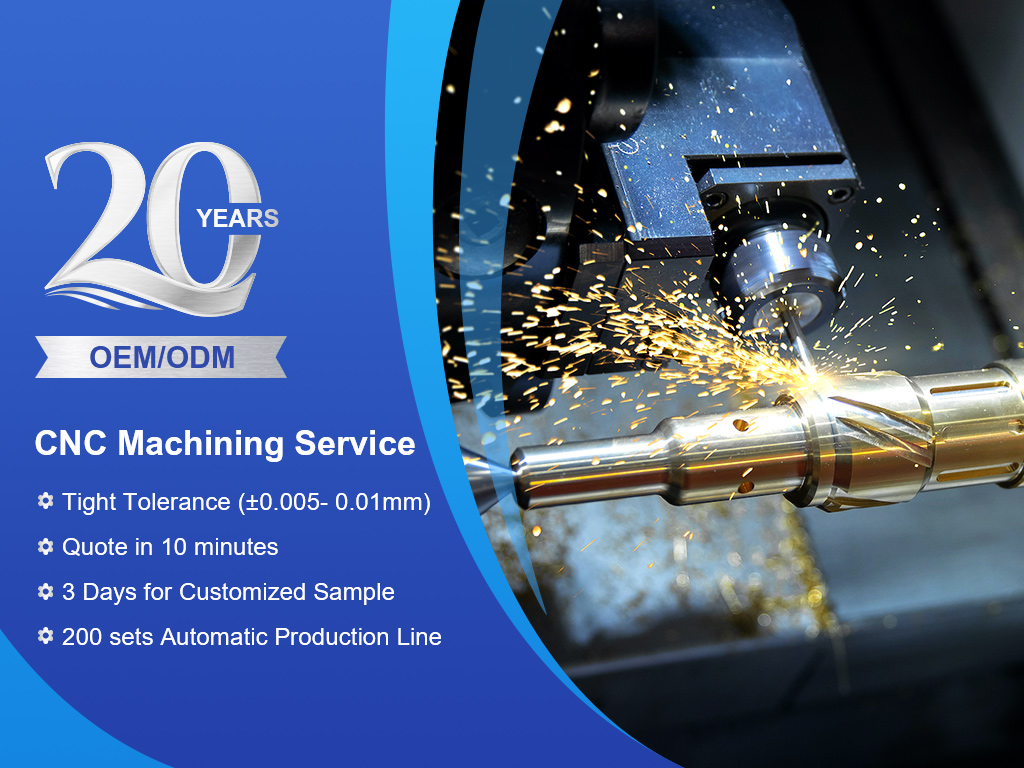カスタマイズされたサービス
プロフェッショナルなカスタマイズ処理
Honscnの専門的なエンジニアリング・製造チームにとって、どんなに複雑なプロジェクトでも対応可能です。5軸加工やCNC加工、カスタム機械製造など、幅広い業界の精密加工ニーズに対応してきました。部品加工、溶接、製造、パネル配線サービス、制御システムサポートなど、複雑なプロジェクトにも注力しています。
データなし
私たちがあなたに提供するものは何ですか?
高品質な試作・製造サービスを提供
当社の信条は、機械加工部品のトップサプライヤーとなり、完璧な製品を提供し、顧客との長期的な関係を構築することです。
私たちとの協力を歓迎します
2003年以来、プロフェッショナルなCNC加工サービスに注力
当社は、精密CNC加工部品、自動旋盤部品、ねじファスナー、カスタムサービスの分野に特化した企業です。
データなし
2003年以来
Honscnについて
HONSCN Precisionは、精密CNC加工部品および自動旋盤部品の専門メーカーです。2003年に設立され、中国深圳に拠点を置き、敷地面積は3万平方メートルに及びます。RoHS、SGS、ISO、CE、16949品質認証を取得しています。
協力
世界中の協力顧客
私たちは、誠実さと迅速かつ効率的なサービスでお客様のニーズにさらにお応えできるよう、専門性と価値の向上に努めてまいります。私たちの理念は、最大かつ最高のCNC加工部品メーカー兼サプライヤーとなり、完璧なCNC加工部品を提供し、お客様との長期的な関係を築くことです。当社についてさらに詳しく知りたい方は、お気軽にお問い合わせください。
私たちのブログ
最新ニュース
当社と業界に関する最新ニュースをご紹介します。CNC加工とその業界に関する詳しい情報を入手し、プロジェクトのインスピレーションを得るために、これらの投稿をお読みください。
現代の製造業において最も困難な分野の一つが航空宇宙産業です。すべての航空機、衛星、そして宇宙船は、最高レベルの安全性、精度、そして性能基準を満たす必要があります。これらの成功の核心は、過酷な環境に耐え、乗客、乗組員、そして機器の安全を確保できる航空宇宙材料、合金、複合材料、そして先進化合物にあります。
航空宇宙および宇宙探査におけるCNC航空宇宙部品の需要が高まるにつれ、材料の選択はもはや単なるエンジニアリングの問題ではなく、安全性、コスト、効率、そしてコンプライアンスに影響を与える戦略的な動きとなっています。このロードマップでは、機械加工部品、航空宇宙機械加工部品の材料、機械加工プロセスに関連する技術、そして航空宇宙機械加工部品の外観について詳細に検証します。航空宇宙材料選定の課題を乗り越えるための実用的な情報を必要とする航空宇宙エンジニア、調達マネージャー、そして意思決定者を対象としています。
航空宇宙および宇宙探査におけるCNC航空宇宙部品の需要が高まるにつれ、材料の選択はもはや単なるエンジニアリングの問題ではなく、安全性、コスト、効率、そしてコンプライアンスに影響を与える戦略的な動きとなっています。このロードマップでは、機械加工部品、航空宇宙機械加工部品の材料、機械加工プロセスに関連する技術、そして航空宇宙機械加工部品の外観について詳細に検証します。航空宇宙材料選定の課題を乗り越えるための実用的な情報を必要とする航空宇宙エンジニア、調達マネージャー、そして意思決定者を対象としています。
2025
10
17
データなし
伝言を残す
お気軽にお問い合わせください
お問い合わせフォームにメールアドレスまたは電話番号を入力していただくだけで、幅広いデザインの無料見積もりをお送りします。
著作権 © 2025 HONSCN |サイトマッププライバシーポリシー
お問い合わせ
お問い合わせをお問い合わせください。高品質の製品とサービスを提供します!
お問い合わせ
email
カスタマーサービスに連絡してください
お問い合わせ
email
キャンセル
Customer service














